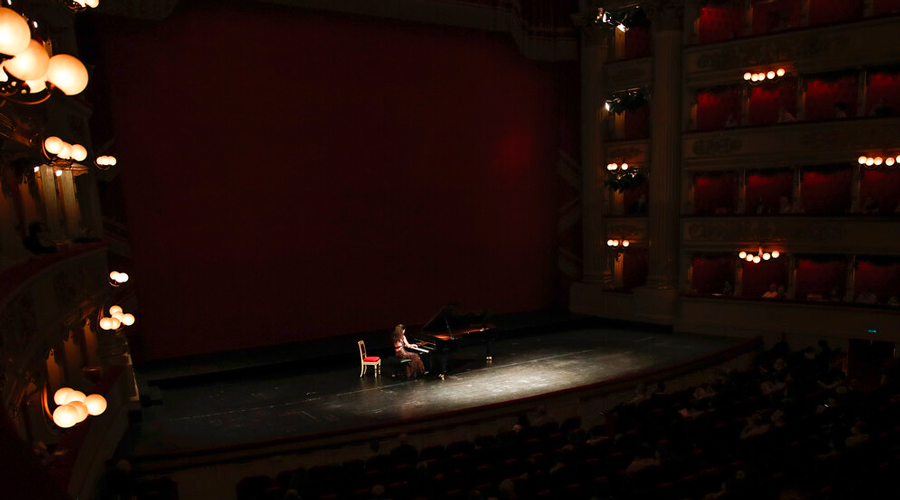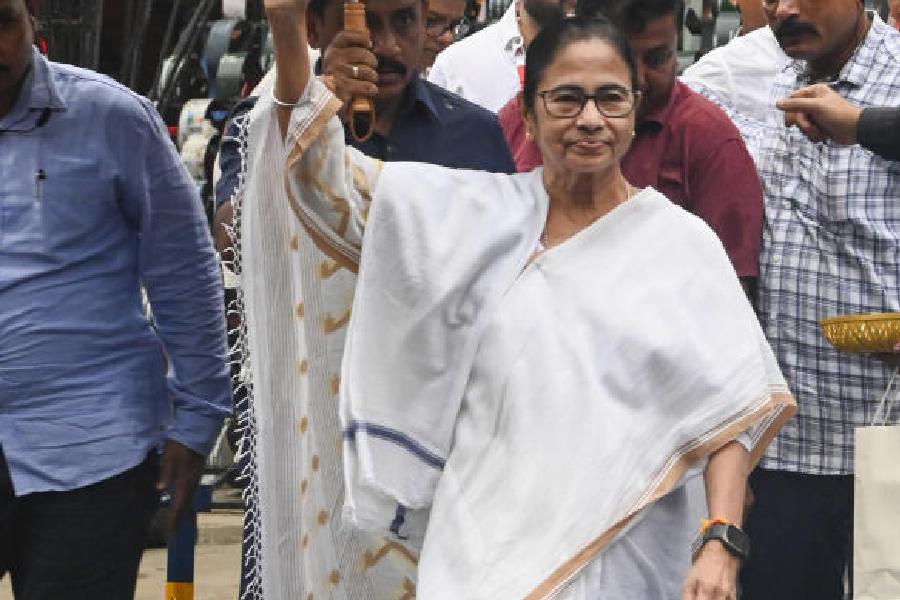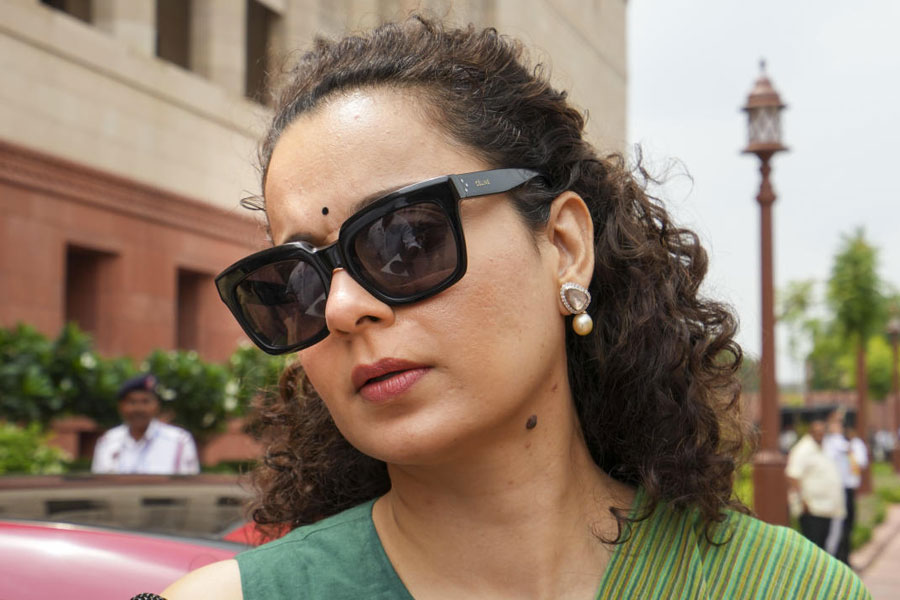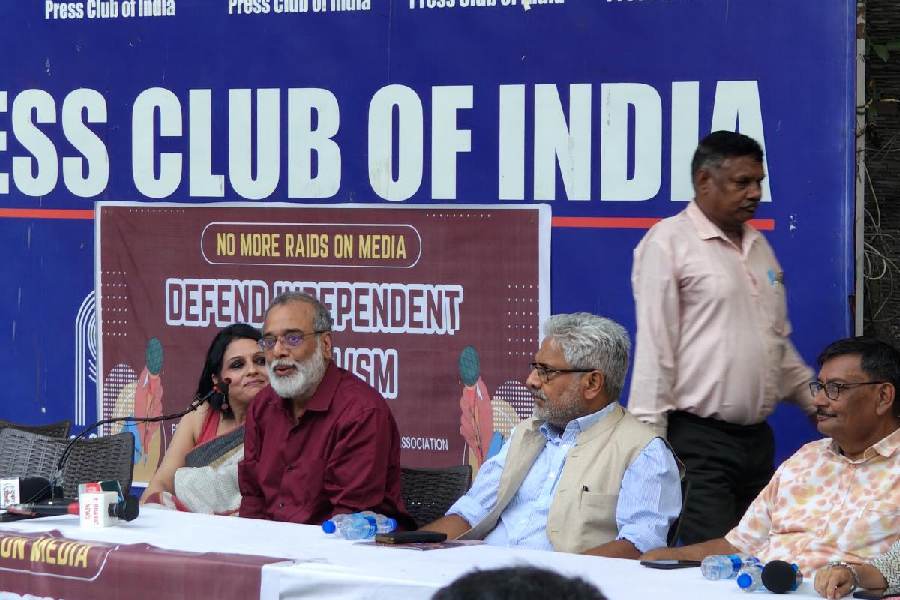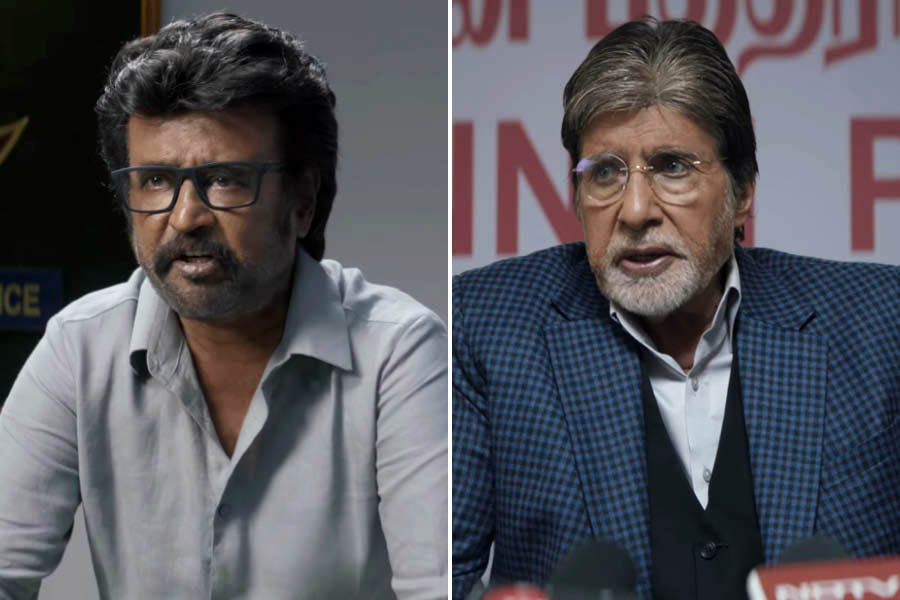How did Invisible Theatre in Tucson, Arizona get its name? The managing artistic director of the theatre says it comes from the invisible energy that flows between performers and the audience, which is powerful even if there are just 22 people in the auditorium, with masks on. The experience is completely different from streaming performances for viewers at home. So it is not economics alone that is driving theatre organizers to opt for touchless ticketing, performances behind plexiglass, open-air staging, street theatre, drive-in audiences and Covid testing for players and crew, but also a need for the immediate vibes from a mentally and emotionally participating audience that create a kind of magic charge for the actors. Just as the theatre-lover longs to watch actors perform live, thrilling to every detail of the experience of sound, light and even the curtain movement of the proscenium stage, so the performers hanker for that response that will push them, paradoxically, towards self-forgetfulness and excellence.
It is the same invisible energy that some sportspersons are longing for, although for them the electrifying charge comes from the crowd’s roar. The tentative return of sports to the field during the pandemic has revealed the enormous changes that players must get used to. For some top athletes, footballers and cricketers, empty stands and total silence may not be just unusual, but discouraging. The fans watching television might enjoy the fake crowd noise being broadcast — or not — but cricketers such as Virat Kohli are not sure whether the ‘magic’ will happen ‘inside’ for sportspersons without their passionate fans. Magic, passion, just plain crowd noise — these terms are attempts to explain the synergy between performer and spectator. The pandemic seems to have made this invisible flow visible, so much so that Jofra Archer, the English cricketer, asked for simulated crowd noise and Kemar Roach, the West Indies fast bowler, said that a bit of sound would be nice. It seems as though, in a different kind of paradox, the silent concentration of years that leads to excellence in sports then requires the spectators’ vocal passion to spur it on to greater heights.
But there is another aspect of spectator support that the pandemic has brought to the surface. Crowd noise is what the top players are used to; numerous others, be they cricketers, footballers, tennis or badminton players, are used to few fans and muted applause. A cheering crowd helps the adrenaline flow, but many domestic matches go largely unattended. There is a gender angle to this as well. While Roger Federer said it would be difficult for him to play if the stands are empty, Karolina Pliskova, formerly world number one in tennis, said that women players are used to near-empty stands because even in big tournaments women’s matches are arranged around the men’s, and seldom in prime-time slots.
The lessons of a pandemic are indeed various.

